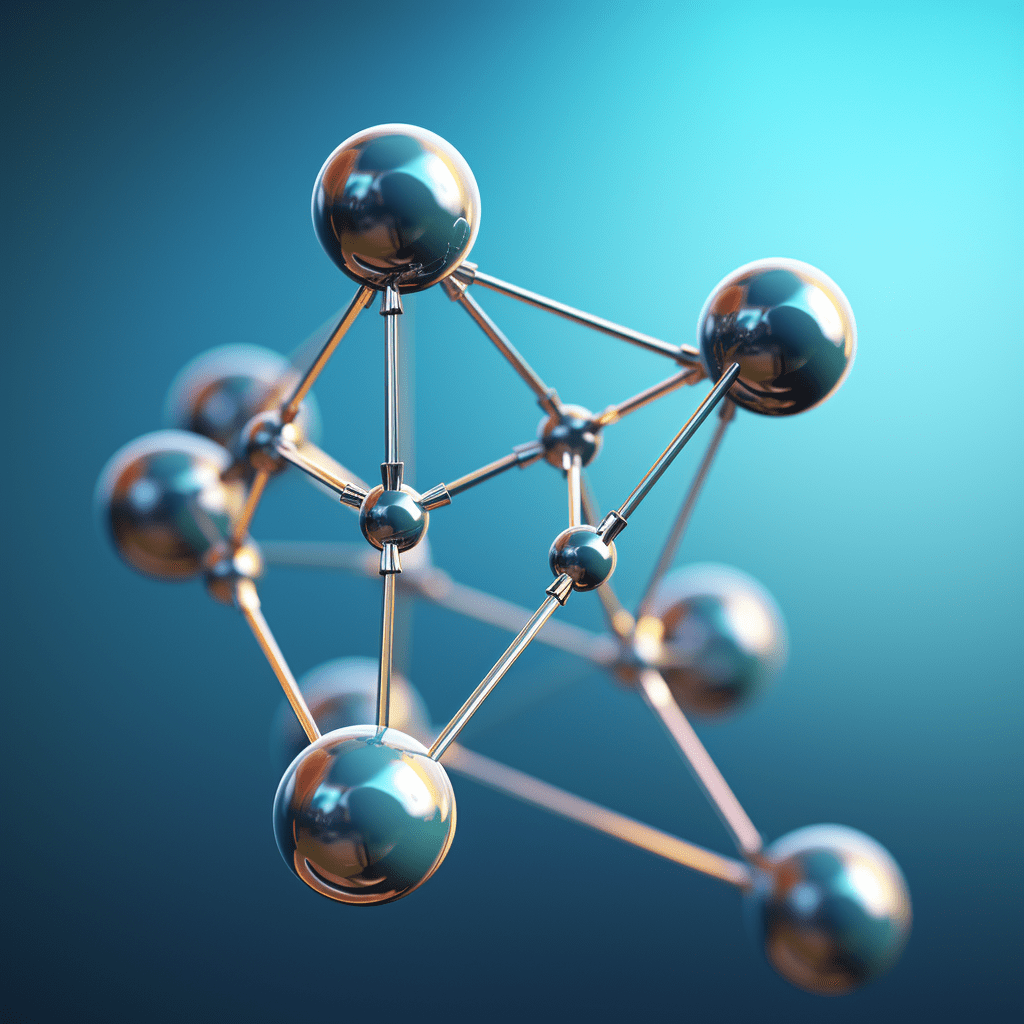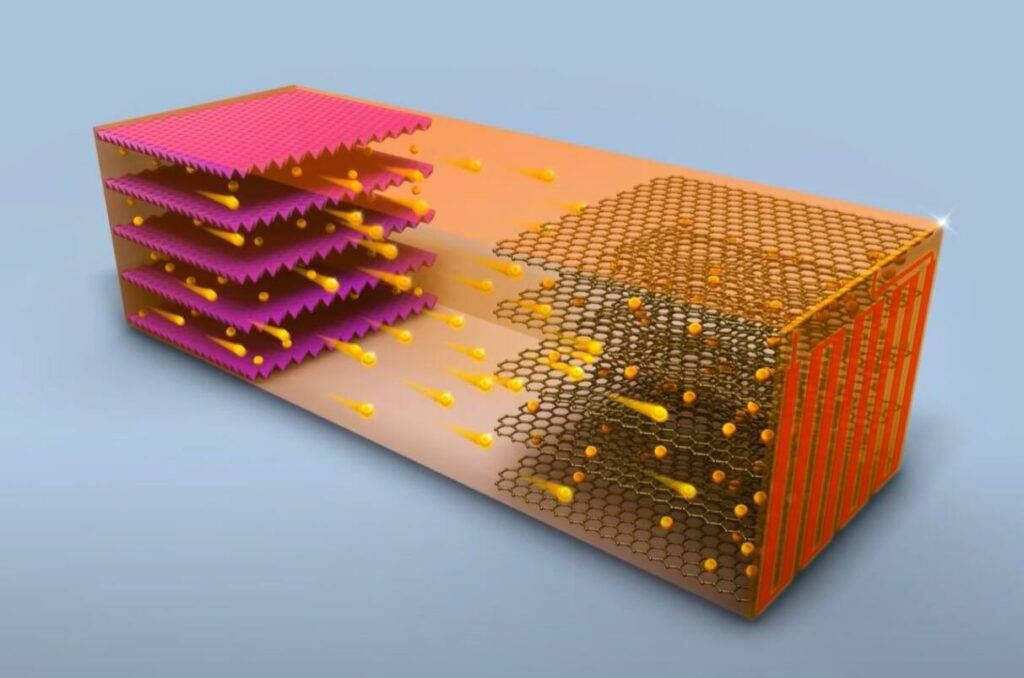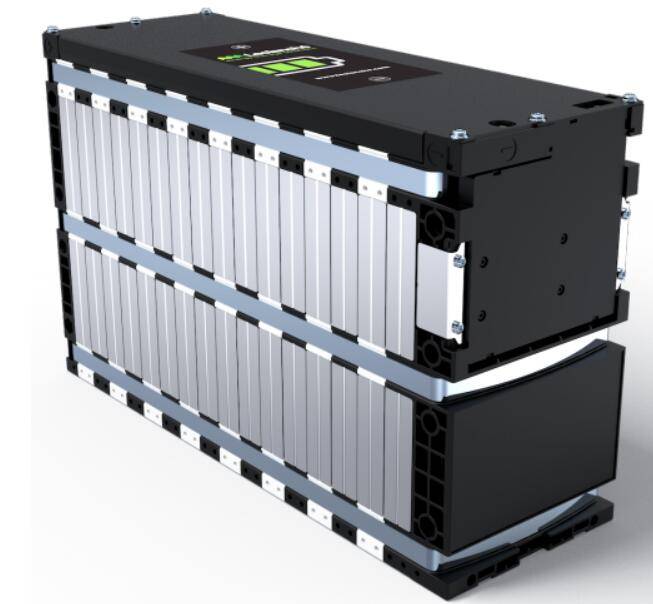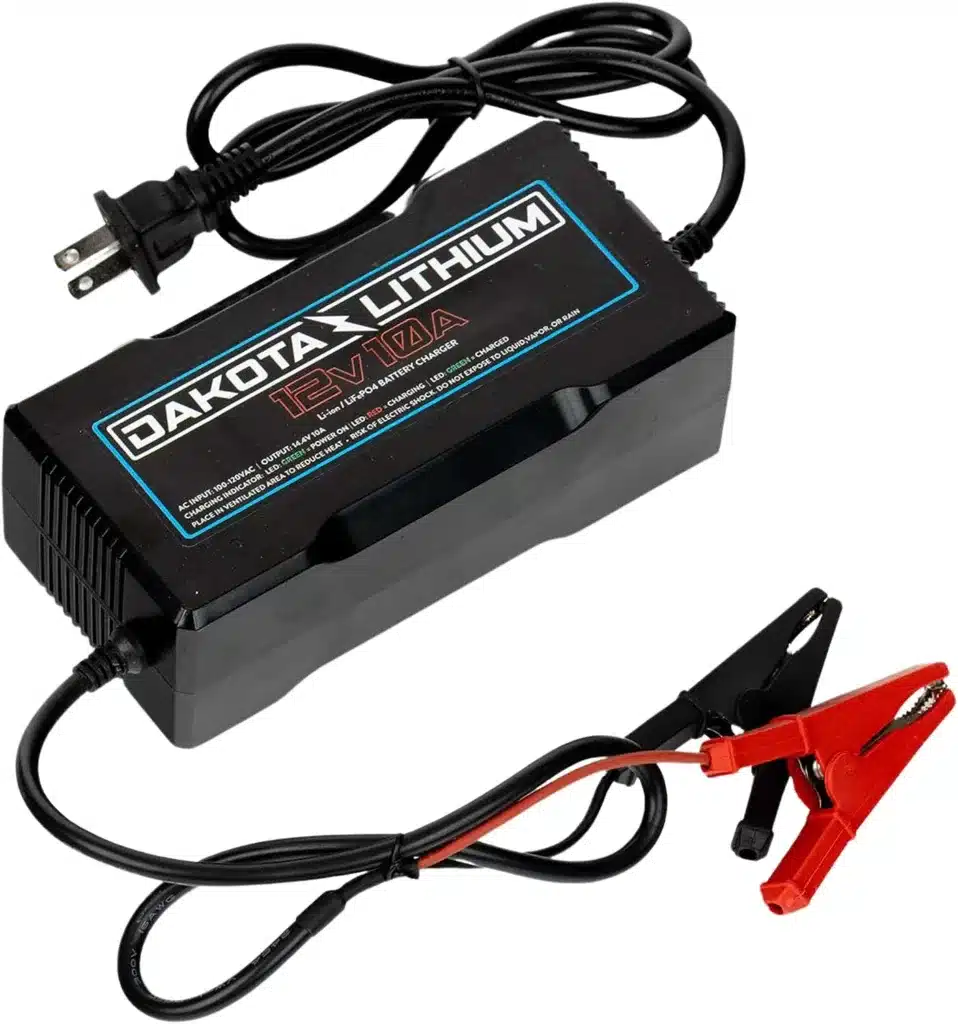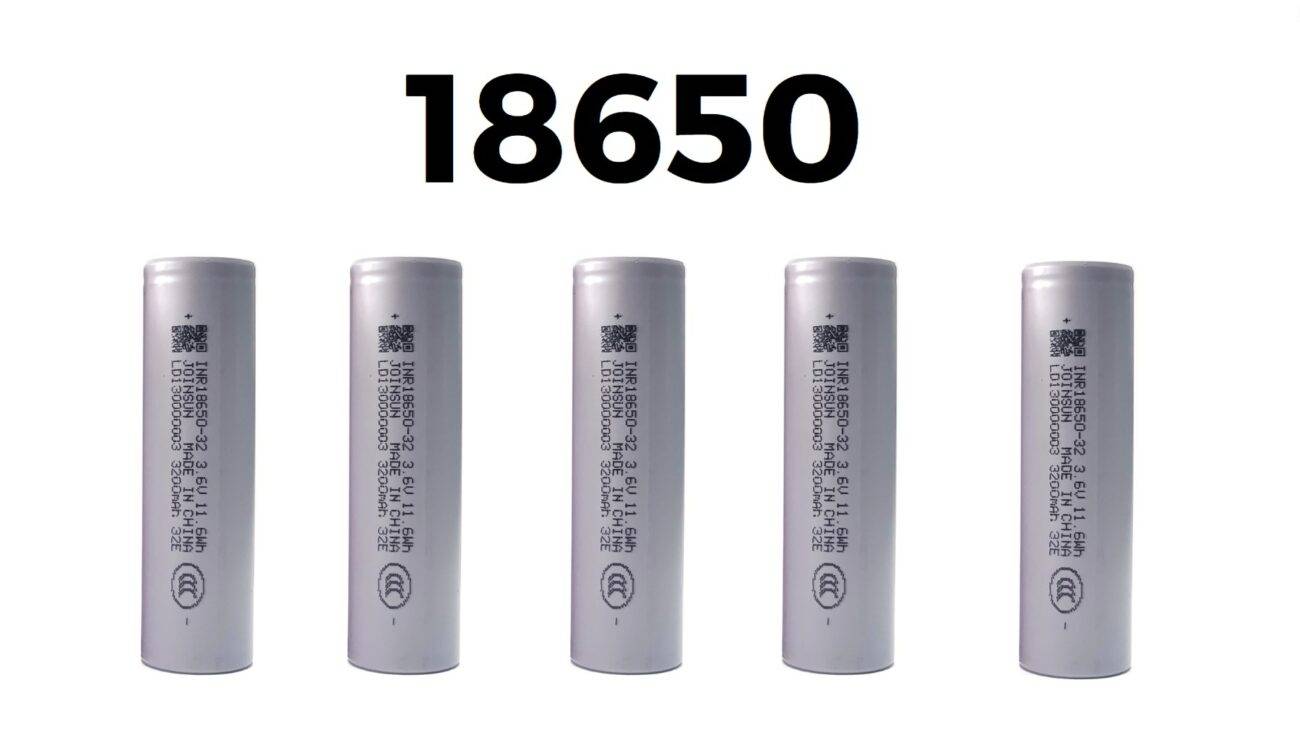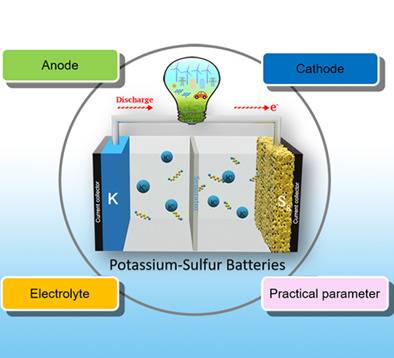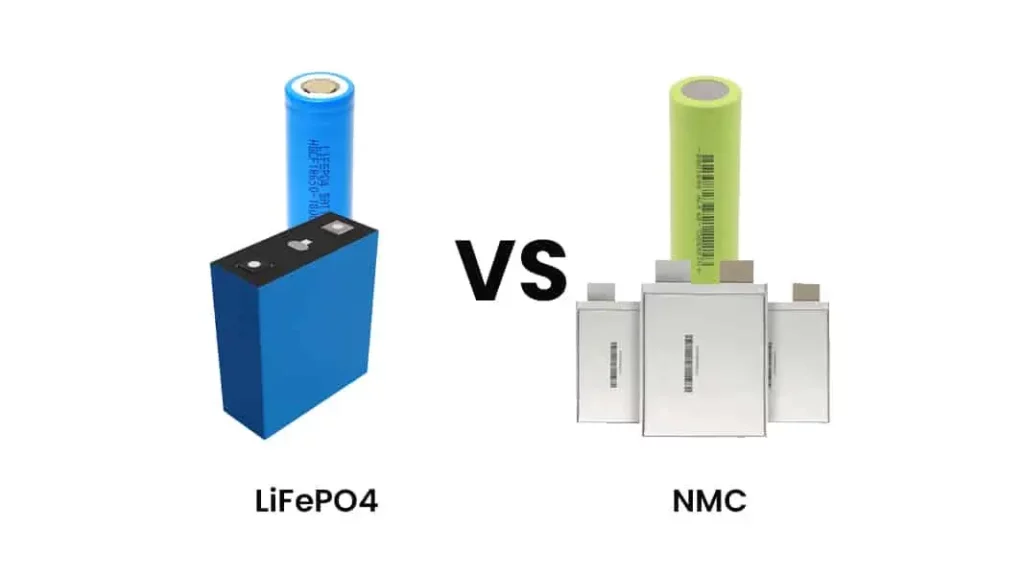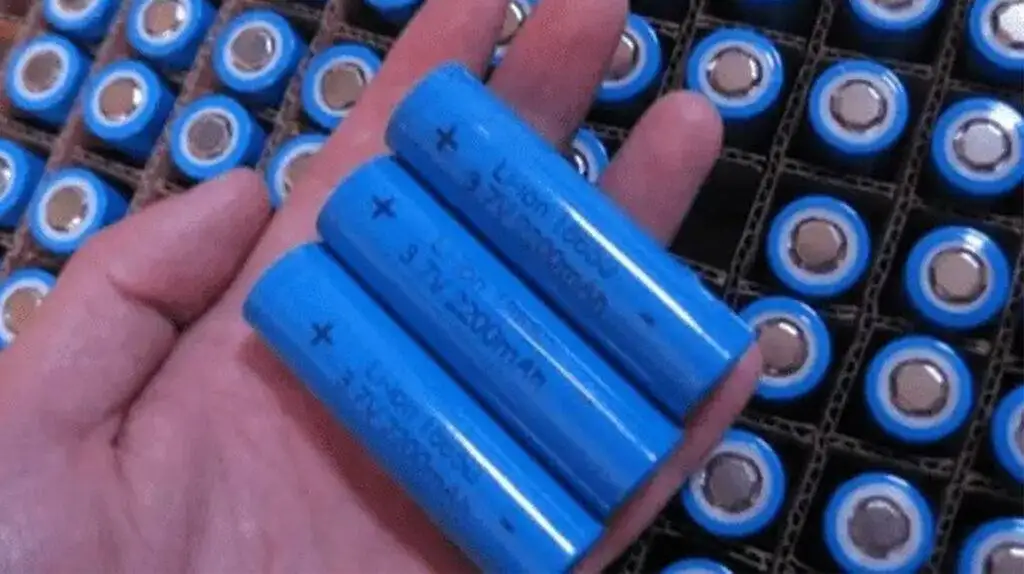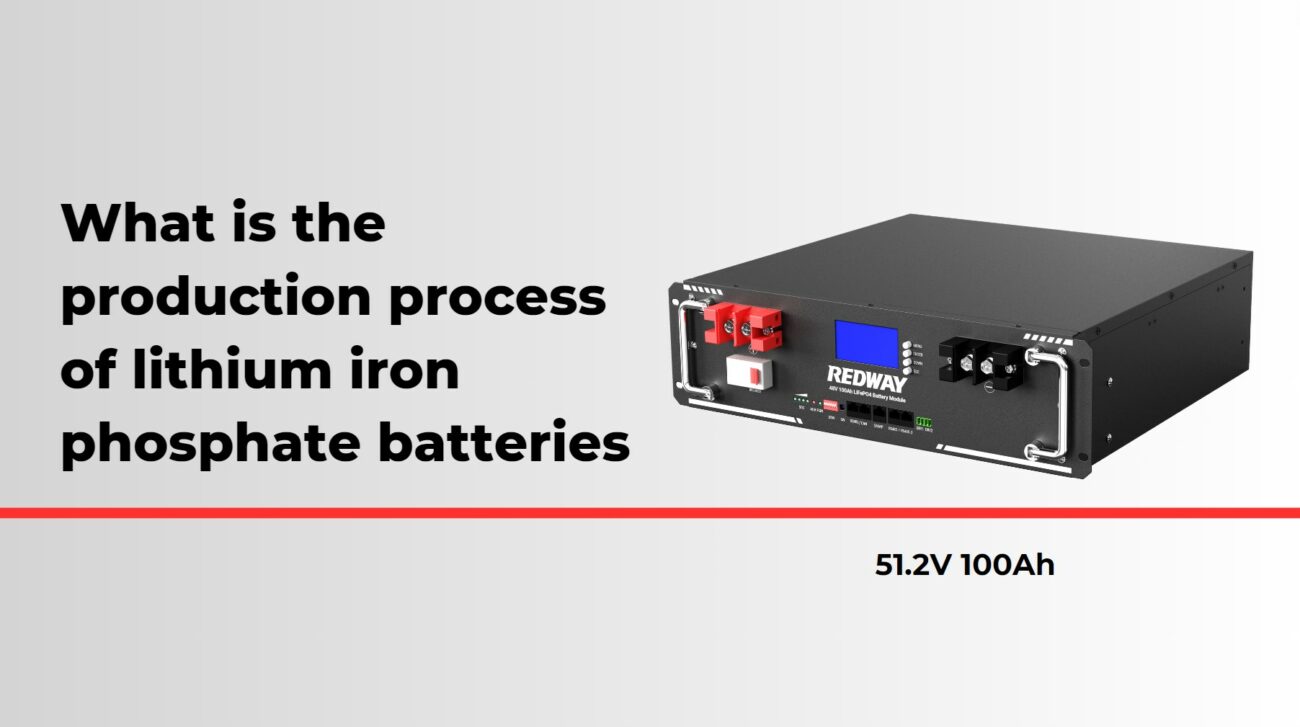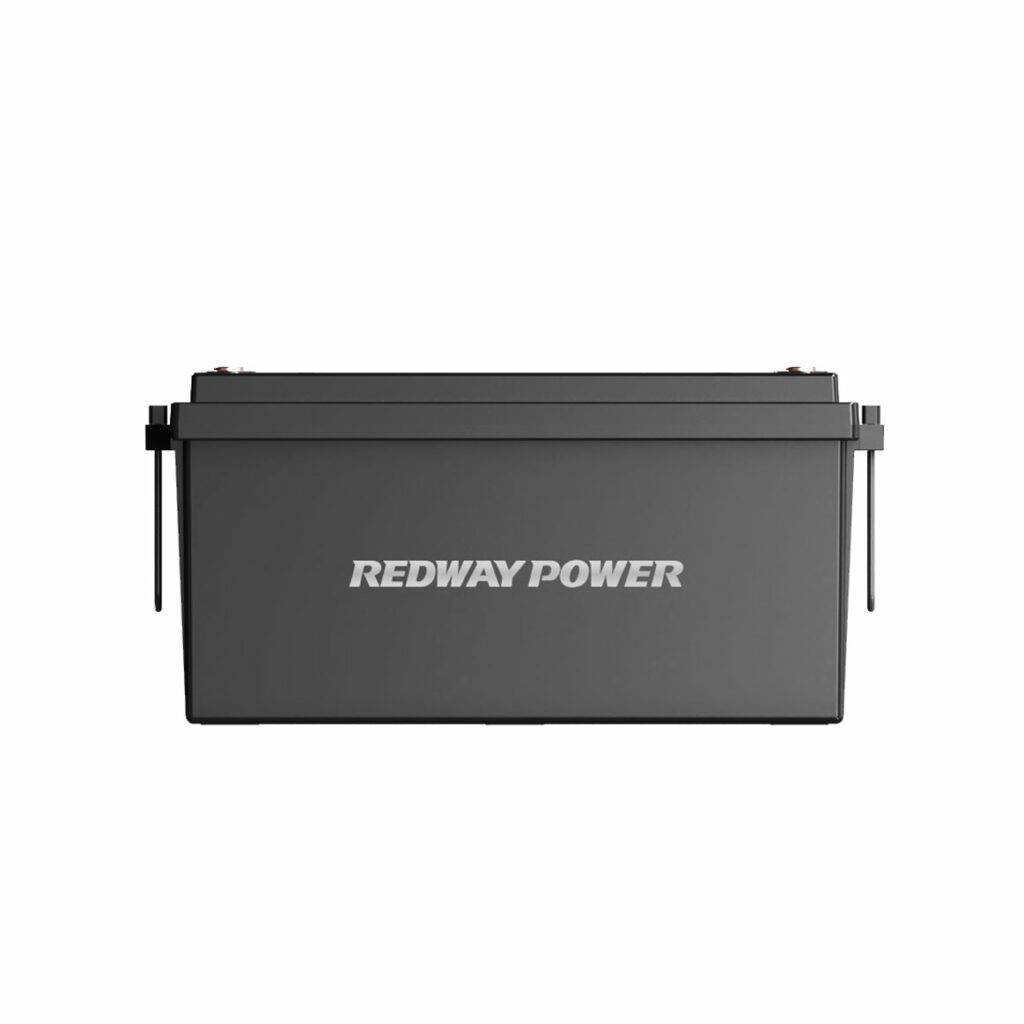Lithium-ion batteries have revolutionized energy storage solutions across various industries, from consumer electronics to electric vehicles. Understanding the materials used in these batteries and their components is essential for appreciating their performance, safety, and longevity. This article provides a detailed overview of the materials utilized in lithium-ion batteries and introduces the key components that make up these advanced energy storage systems.
Key Materials Used in Lithium-Ion Batteries
The performance of lithium-ion batteries largely depends on the quality and characteristics of the materials used in their construction. The primary materials include:
1. Cathode Materials
The cathode is a critical component of lithium-ion batteries, responsible for storing lithium ions during charging. Common cathode materials include:
- Lithium Cobalt Oxide (LiCoO2): Known for its high energy density, LiCoO2 is widely used in portable electronics. However, it has limitations in thermal stability and cost.
- Lithium Iron Phosphate (LiFePO4): This material offers excellent thermal stability, safety, and a long cycle life, making it ideal for electric vehicles and renewable energy applications.
- Lithium Nickel Manganese Cobalt Oxide (NMC): NMC combines the benefits of nickel, manganese, and cobalt to provide a balance between energy density, stability, and cost-effectiveness.
- Lithium Nickel Cobalt Aluminum Oxide (NCA): NCA is known for its high energy density and is primarily used in electric vehicles due to its performance capabilities.
2. Anode Materials
The anode stores lithium ions during discharge. The most common anode material is:
- Graphite: Graphite is favored for its high conductivity and ability to intercalate lithium ions efficiently. It can enhance battery performance significantly when combined with other materials.
3. Electrolyte Materials
The electrolyte facilitates the movement of lithium ions between the anode and cathode. Common electrolyte materials include:
- Liquid Electrolytes: Typically composed of lithium salts (like LiPF6) dissolved in organic solvents (such as ethylene carbonate or dimethyl carbonate), liquid electrolytes are widely used due to their high ionic conductivity.
- Solid Electrolytes: Emerging technologies are exploring solid-state electrolytes made from ceramics or polymers, which promise enhanced safety and energy density.
4. Separator Materials
The separator prevents direct contact between the anode and cathode while allowing lithium ions to pass through. Common separator materials include:
- Polyethylene (PE): PE separators are known for their chemical stability and low cost.
- Polypropylene (PP): PP separators offer higher thermal stability compared to PE, making them suitable for high-performance applications.
Introduction to the Components of Lithium-Ion Batteries
Understanding the key components of lithium-ion batteries is crucial for grasping how they function effectively. The main components include:
1. Cathode
As mentioned earlier, the cathode is where lithium ions are stored during charging. The choice of cathode material impacts the battery’s overall energy density, voltage, and thermal stability.
2. Anode
The anode serves as the site for lithium ion release during discharge. Its material affects charge rates and overall battery efficiency.
3. Electrolyte
The electrolyte acts as a medium for ion transport between the anode and cathode. Its composition influences ionic conductivity and battery safety.
4. Separator
The separator is a porous membrane that prevents short circuits while allowing lithium ions to flow freely between electrodes. Its properties are vital for maintaining battery integrity under various conditions.
5. Current Collectors
Current collectors are conductive materials that facilitate electron flow within the battery:
- Copper Foil: Used as a current collector for the anode due to its excellent conductivity.
- Aluminum Foil: Employed as a current collector for the cathode because of its lightweight nature and good conductivity.
6. Battery Management System (BMS)
A BMS monitors battery performance by tracking parameters such as voltage, temperature, and state of charge (SOC). It plays a crucial role in ensuring safety by preventing overcharging or overheating.
Data Chart: Comparison of Cathode Materials
| Cathode Material | Energy Density (Wh/kg) | Cycle Life (Cycles) | Thermal Stability | Cost ($/kWh) |
|---|---|---|---|---|
| Lithium Cobalt Oxide | 150-200 | 500-1000 | Moderate | High |
| Lithium Iron Phosphate | 90-120 | 2000-5000 | High | Moderate |
| Lithium Nickel Manganese | 150-250 | 1000-2000 | Moderate | Moderate |
| Lithium Nickel Cobalt Aluminum | 200-300 | 1000-2000 | Moderate | High |
Conclusion
Lithium-ion batteries are composed of various materials that significantly influence their performance characteristics. From cathodes made of lithium cobalt oxide to graphite anodes, each component plays a vital role in determining efficiency, safety, and longevity.At Redway Battery, we specialize in manufacturing high-quality Lithium LiFePO4 batteries with over 12 years of experience in this field. Our commitment to excellence ensures that we provide custom solutions tailored to meet our customers’ needs quickly. For wholesale inquiries or quick quotes on our LiFePO4 batteries, please contact us today.By understanding the materials used in lithium-ion batteries and their components, we can appreciate their impact on modern technology and future innovations in energy storage solutions.


